Dec 3, 2022
Sounds of English: Consonants

LEARNING OUTCOMES
This lesson is aimed at students of all levels of proficiencies. The lesson teaches primarily the sounds of (General) American English.
By the end of the lesson, the students will:
1. Be able to confidently indentify all the consonant sounds of the General American English
2. Be able to confidently produce all the consonant sounds of the General American English
3. Be able to tell voiced and voiceless consonants apart

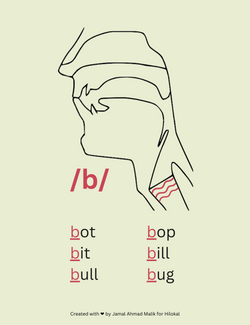




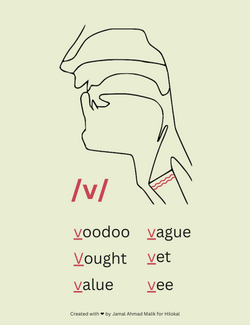



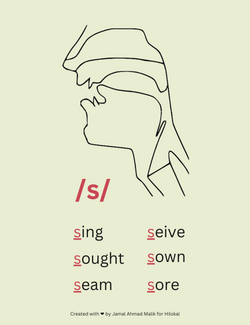
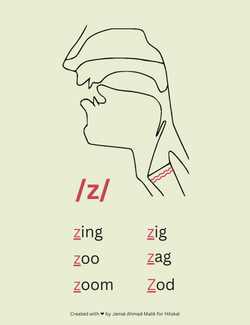

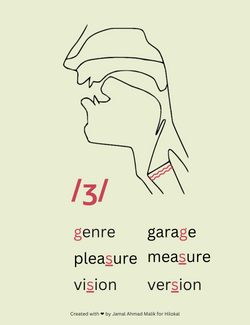


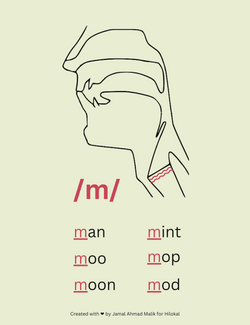
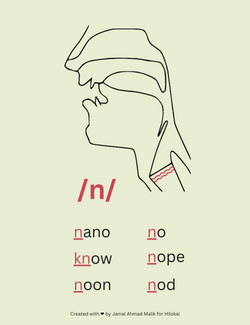

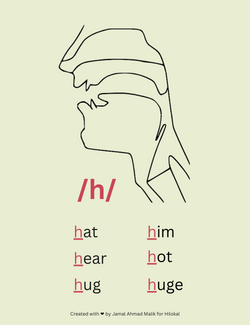
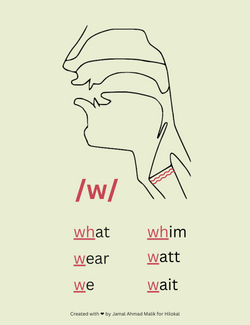
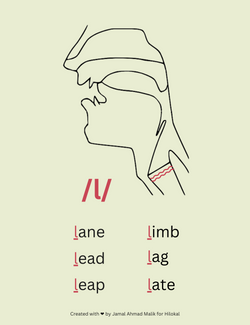
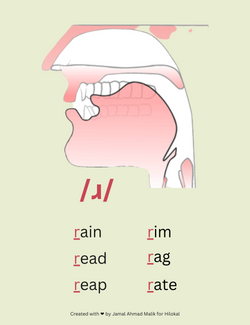
Additional Notes
1. /h/ is never found at the end of a word in English.
2. /ŋ/ is never found at the beginning of a word in English.
3. /ɹ/ is a unique sound in English, so much so that I had to use Pronuncian's representation of the sound to be included in my notes. Please find them at https://pronuncian.com/pronounce-schwar
SUMMARY
In this lesson, the students learned the consonants of English; in addition, they aslo learned:
1. If a consonant is voiced, it means the vocal folds vibrate to produce it.
2. If a consonant is voiceless, it means the vocal folds do not vibrate to produce it.
3. If a consonant is nasal, it means the air is released through the nose.
By undefined
27 notes ・ 322 views
English
Intermediate